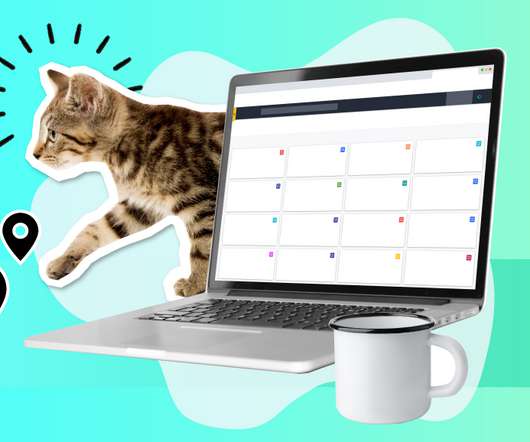The Lead Generation Strategy Guide
Zoominfo
FEBRUARY 25, 2021
What is Lead Generation? Usually considered a sub-objective of a Demand Generation strategy, Lead generation refers to the process of attracting and converting prospects into paying customers, or at the very least getting them into the sales funnel. And, 31% more likely to be hiring additional sales reps to meet demand.















Let's personalize your content